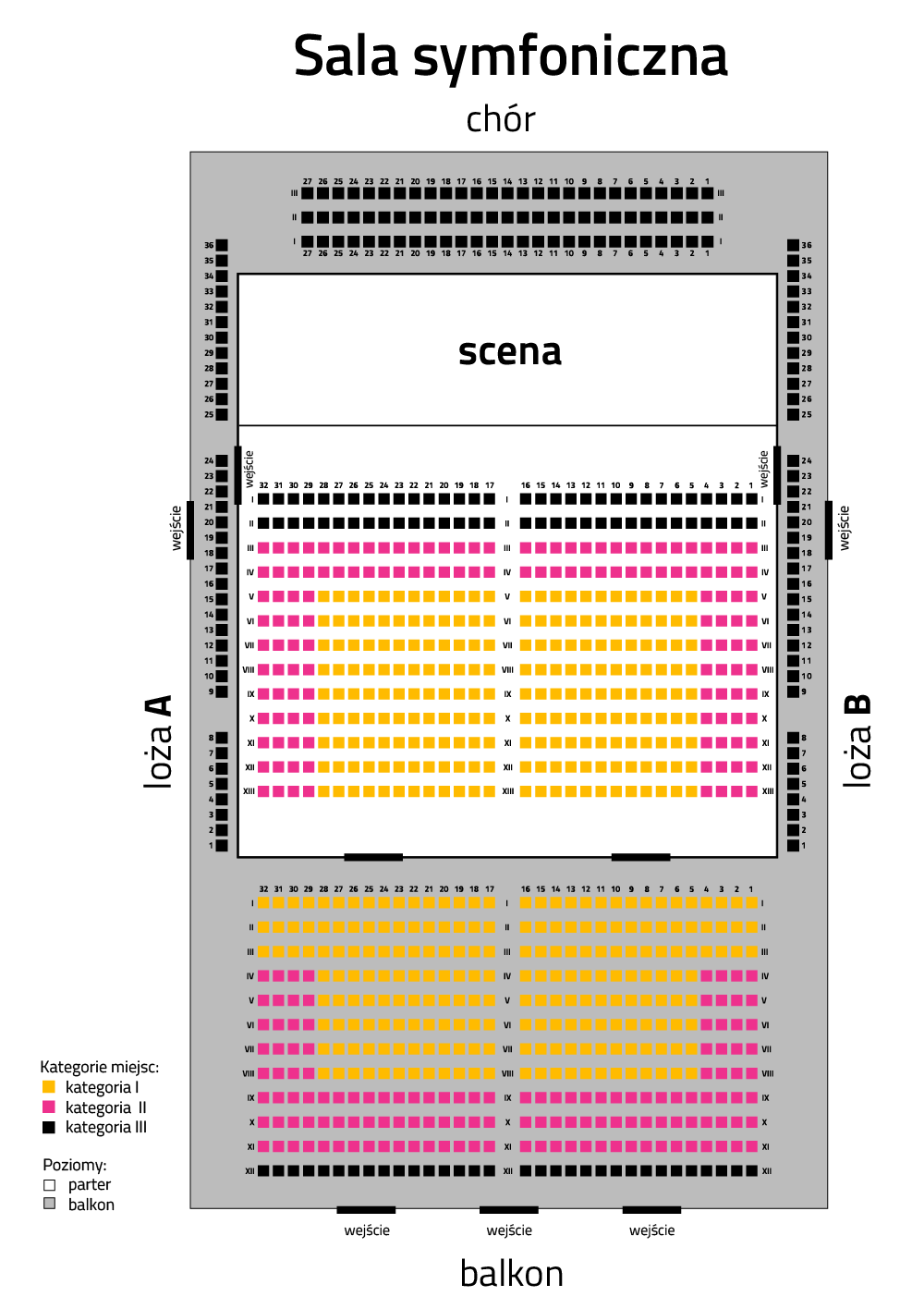Pure joy, melodiousness, lively dance rhythms, Slavic melancholy, and a fondness for folklore ... Czech national music, whose fathers were Bedřich Smetana and Antonín Dvořák, and the somewhat later continuator Leoš Janáček, is difficult to confuse with any other.
The overture to one of the most famous Slav operas, Smetana's “Bartered Bride”, is a real "hit" from the music from the Romantic period. The opera written in 1866 is also a milestone in the creation of the Czech national opera, comparable in Poland with Stanisław Moniuszko's "Halka". Smetana used folklore and the rhythmics of Czech dances in it, but without quoting folk music.
The impulse to write Violin Concerto in A minor Op.53 was for Dvořák a meeting with one of the most outstanding violinists of that period, Joseph Joachim, to whom the work was to be dedicated. The virtuoso, however, was skeptical about the finished work and the Czech violinist František Ondříček made the final performance. The piece, with lyrical meditation in the middle movement and a lively finale based on the rhythm of the Czech furiant dance, perfectly fits in with the most famous romantic concerts.
Janáček, whose activity occured at the turn of the 19th and 20th century, is the inheritor of the two previous composers, both in terms of the ability to use orchestral potential and the use of Czech folklore on a large scale. His five-movement Sinfonietta was premiered in 1926, its addressee of the dedication became ... the Czechoslovak Armed Forces. The composition not accidental, therefore, is often called "Military", and was intended for a 25-person brass band.
The opera "The Cunning Little Vixen"was written in 1921-1923, in the autumn of the composer's life, created from the canvas of a comic book with texts by poet Rudolf Těsnohlídek and drawings by Stanislav Lolek which appeared in the journal "Lidové noviny". A seemingly comic story of a forester who embraces the title vixen under his roof, becomes the excuse to ask important life questions about the coexistence of the worlds of animals and people, the cyclical nature of human life and of hidden desires. Musically, Janáček based the story primarily on Moravian folk music with elements of impressionistic harmony.
The works of their countrymen will be performed by Czech musicians: Janáček Philharmonic Ostrava under the direction of Rista Joost, and the violin concerto will sound in the interpretation of Jan Mráček.
Exhibition available during event:
Arytmia | Tomasz LubaszkaOparte na rytmiczności kompozycji malarstwo Tomasza Lubaszki precyzyjnie operuje napięciem. Przyciąga widza i wprowadza go w harmonijny, monochromatyczny świat kolorów i płaszczyzn. Płynące z obrazów wrażenie intymności i medytacyjności stanowi kontrapunkt do monumentalności, którą artysta osiąga poprzez skrupulatną redukcję krajobrazu do jego abstrakcji. Tu świat jest tylko pretekstem do malarskich eksperymentów z formą i barwą, w wyniku których powstają kadry cudownie proste i w tajemniczy sposób złożone.
DETAILS
Janáček Philharmonic Ostrava
18-11-2018 19:00

Symphony HallFilharmonia im. Mieczysława Karłowicza w Szczecinie
ul. Małopolska 48
70-515 Szczecin

